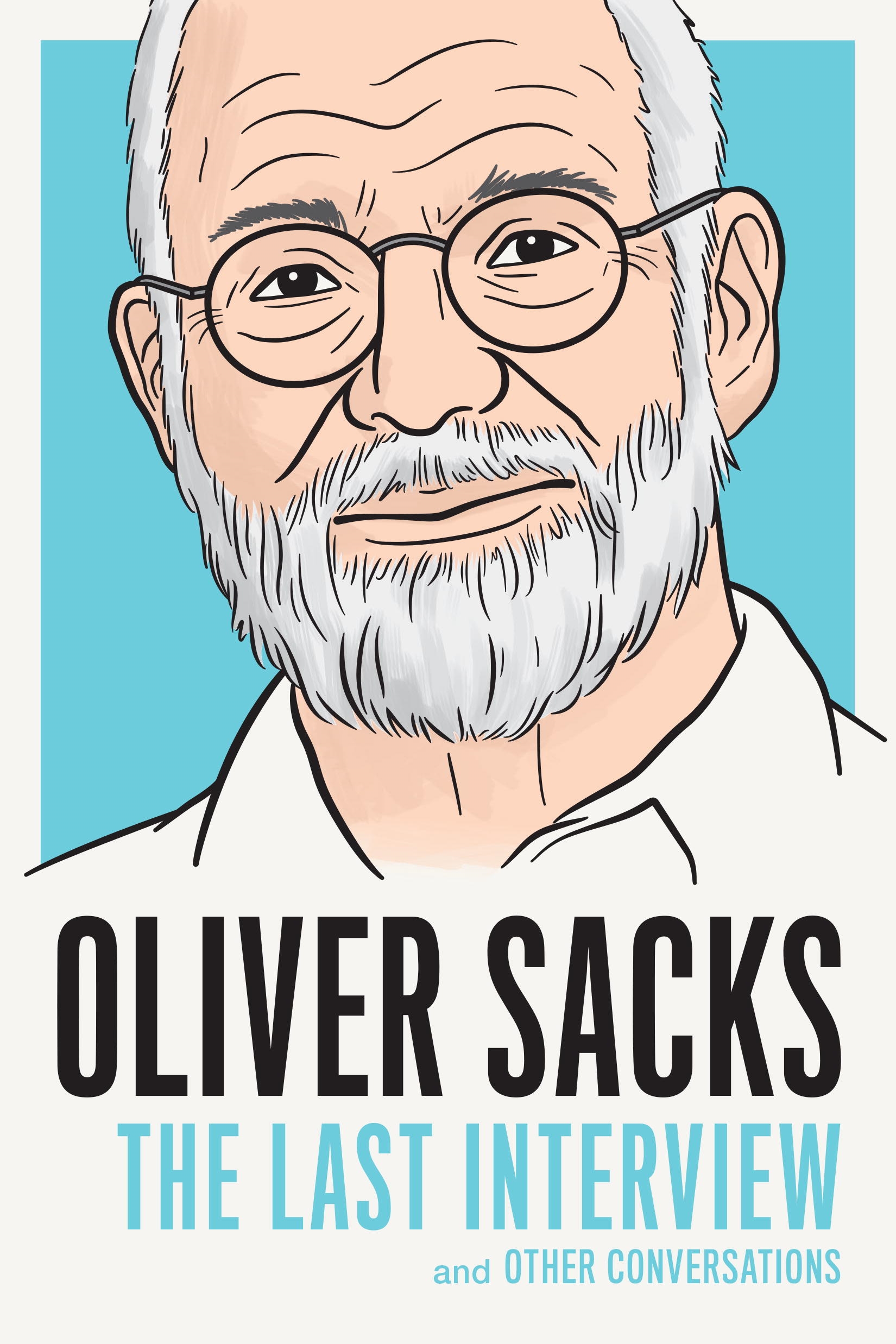
Oliver Sacks was far more than a mere neurologist; he was a masterful storyteller and a deeply compassionate observer of the complexities of the human experience. His unique ability to weave intricate narratives around his patients’ lives allowed him to serve as a vital bridge between the often esoteric world of medicine and the broader public. Through his writings, Sacks illuminated the profound struggles and triumphs of individuals grappling with neurological disorders, making their experiences accessible and relatable to a wide audience. His contributions have left an enduring impact not only on the field of neurology but also on literature, as he skillfully blended scientific insight with rich, humanistic storytelling. Join us as we delve into the extraordinary life of Oliver Sacks, examining the ways in which he transformed our understanding of the brain and enriched our appreciation for the intricacies of human nature.
Early Life: A Journey Begins

Childhood in London
Oliver Sacks was born on July 9, 1933, in the bustling city of London, England, into a family that had a profound connection to the field of medicine. His father served as a general practitioner, while his mother was a skilled surgeon, creating an environment steeped in medical knowledge and practice. This rich backdrop undoubtedly played a significant role in shaping Sacks’ future aspirations and interests. However, the onset of World War II brought about significant changes in his life. To protect him from the dangers of air raids, he was sent to a boarding school, a decision that would leave a lasting impact on his formative years and influence his perspective on life and human experiences.
Education: The Foundation of a Career
Following the conclusion of the war, Sacks pursued his education at the prestigious Queen’s College, Oxford. There, he dedicated himself to his studies, ultimately earning a bachelor’s degree in physiology in 1954, followed by a medical degree in 1958. This rigorous academic training provided him with a solid foundation for a career that would uniquely intertwine the realms of science and storytelling. Sacks’ education not only equipped him with the necessary medical knowledge but also fostered his ability to convey complex ideas in a relatable and engaging manner, a skill that would become a hallmark of his later work as a neurologist and author.
Professional Journey: From England to America

Internships and Early Career
After successfully completing his internship at Middlesex Hospital in London, Oliver Sacks made a significant life-changing decision to move to the United States in 1961. He soon accepted an internship at Mount Zion Hospital in San Francisco, a pivotal moment that marked the beginning of his remarkable journey in American medicine. This experience not only introduced him to a diverse patient population but also provided him with invaluable insights into the complexities of neurology and the nuances of patient care. The lessons he learned during this time would profoundly influence his future work and writings, shaping his approach to understanding the human brain and the myriad of conditions that affect it.
Teaching and Research
In 1965, Sacks took a significant step in his career by becoming an instructor at the prestigious Albert Einstein College of Medicine in New York City. This role as a clinical professor was not just a job for him; it was an opportunity to impart his extensive knowledge and deep passion for neurology to the next generation of medical professionals. Through his teaching, he inspired countless students to explore the intricacies of the human mind and the importance of compassionate patient care. His commitment to education and research during this period laid the groundwork for his future contributions to the field, establishing him as a leading figure in neurology and a beloved mentor to many aspiring doctors.
Awakenings: A Breakthrough Work

The Patients of Beth Abraham Hospital
One of the most pivotal and transformative chapters in the career of renowned neurologist Oliver Sacks unfolded at Beth Abraham Hospital, located in the Bronx. It was here that he encountered a group of patients afflicted with a rare and debilitating condition known as encephalitis lethargica. This mysterious illness had left many of them in a state of profound immobility and deep depression, effectively robbing them of their ability to engage with the world around them. Sacks’s interactions with these individuals not only shaped his understanding of neurological disorders but also deepened his compassion for those suffering from such profound ailments.
The Impact of L-DOPA
In his groundbreaking and influential book, Awakenings, published in 1973, Sacks meticulously documented the astonishing effects of the drug L-DOPA on these patients. This medication, initially developed for the treatment of Parkinson’s disease, offered a glimmer of hope as it enabled many of the patients to experience a brief but remarkable return to normalcy. Their temporary revival was not just a medical marvel; it served as a poignant reminder of the fragility and preciousness of life itself. The profound stories of these individuals resonated deeply with readers, and the book’s impact was further amplified when it was adapted into a film featuring Robin Williams, which introduced Sacks’s groundbreaking work to an even broader audience and highlighted the human side of neurological disorders.
Exploring the Human Condition

Humanizing Neurological Disorders
Sacks had a unique ability to humanize his patients and their conditions. In The Man Who Mistook His Wife for a Hat (1985), he shared stories of patients with unusual neurological disorders, blending clinical insight with deep empathy.
Personal Experiences: A Leg to Stand On
After suffering a leg injury during a mountaineering accident, Sacks wrote A Leg to Stand On (1984). This personal narrative highlighted the challenges patients face when their conditions are dismissed by medical professionals, emphasizing the importance of empathy in healthcare.
Further Contributions to Neurology

Seeing Voices: The Deaf Community
In Seeing Voices (1989), Sacks explored the culture of the deaf community and the significance of sign language. He argued that language shapes our perception of reality, a concept that resonates deeply in both neurology and linguistics.
An Anthropologist on Mars
In An Anthropologist on Mars (1995), Sacks documented the lives of seven patients with conditions ranging from autism to brain damage. His compassionate narratives revealed how these individuals adapted to their circumstances, showcasing the resilience of the human spirit.
Later Works and Legacy

Music and the Brain
In Musicophilia (2007), Sacks examined the profound connection between music and the brain. He shared stories of patients whose lives were transformed by music, illustrating its therapeutic potential.
Final Years and Reflections
Even in his later years, Sacks continued to write and inspire. His autobiographical works, such as Uncle Tungsten (2001) and On the Move (2015), offered insights into his life and thoughts, blending personal anecdotes with scientific exploration.
Recognition and Awards

A Commander of the Order of the British Empire
In 2008, Sacks was appointed a Commander of the Order of the British Empire (CBE) for his contributions to medicine and literature. This honor reflected his impact on both fields and his commitment to understanding the human experience.
Posthumous Publications
After his passing in 2015, Sacks’s work continued to resonate. The River of Consciousness (2017), a collection of essays, was published posthumously, showcasing his enduring legacy in the world of neurology and literature.

Oliver Sacks’s life was a testament to the power of empathy in medicine. His ability to connect with his patients and share their stories has inspired countless individuals, both in the medical field and beyond. As we reflect on his contributions, we are reminded that behind every diagnosis is a human being with a unique story to tell.
Table: Key Works of Oliver Sacks

| Title | Year | Focus |
|---|---|---|
| Awakenings | 1973 | Patients with encephalitis lethargica |
| The Man Who Mistook His Wife for a Hat | 1985 | Unusual neurological disorders |
| A Leg to Stand On | 1984 | Personal injury and recovery |
| Seeing Voices | 1989 | The deaf community and sign language |
| An Anthropologist on Mars | 1995 | Patients with autism and brain damage |
| Musicophilia | 2007 | The connection between music and the brain |
| The River of Consciousness | 2017 | Essays on consciousness and perception |

